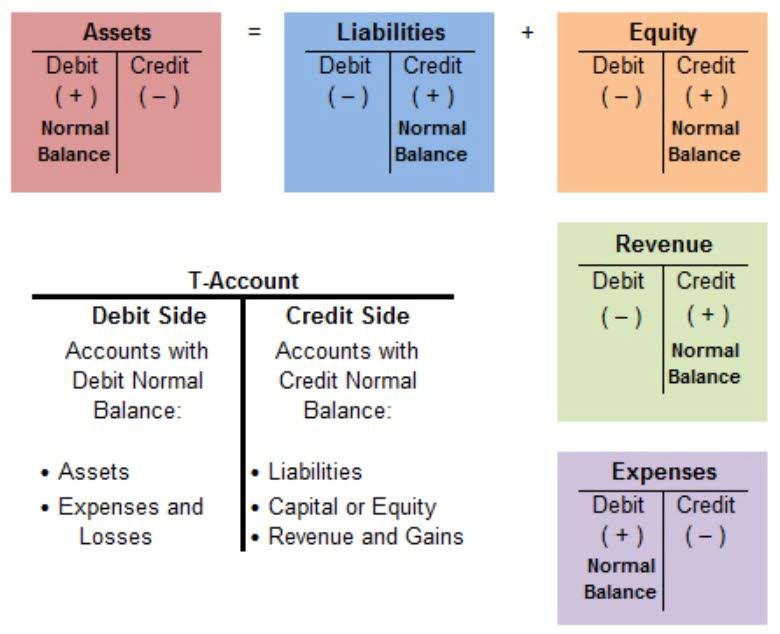
My sense is that LIFO actually is, since it shows COGS based on the most current purchases. LIFO Reserves is the amount by which a company’s inventory account balance calculated under FIFO would exceed its inventory account balance calculated under LIFO for the same physical inventory. The Ending LIFO Reserve represents the cumulative effect of using LIFO versus FIFO.
What is LIFO? Definition, Benefits, and Real World Use of Last In, First Out
However, the LIFO Reserve can help mitigate this impact by providing transparency in the company’s financial statements and allowing investors to understand the impact of inflation on the company’s profitability. However, repealing the provision would further penalize inventory investment and could make these problems worse. Full expensingFull expensing allows businesses to immediately deduct the full cost of certain investments in new or improved technology, https://www.bookstime.com/ equipment, or buildings. It alleviates a bias in the tax code and incentivizes companies to invest more, which, in the long run, raises worker productivity, boosts wages, and creates more jobs. Consider the example company cited earlier that had three units of inventory, but now it sells one for $40 in December.

LIFO Reserve’s Impact on a Company’s Balance Sheet

Amidst higher inflation, generally, LIFO becomes more beneficial from a tax perspective. Regular inventory audits are Liability Accounts another best practice for managing LIFO Reserve and inventory levels. Companies should conduct regular physical inventory counts to ensure the accuracy of their inventory records.
Does having a large LIFO reserve affect my business’s financial statements?
In order to create a balance between the two methods and to give a fuller picture of a company’s financial realities, the LIFO reserve account is necessary. The LIFO method places a higher rate of cost on all the goods that a company sells over the period of a year. With reports that show a higher cost to the company, it also means that less income eligible for taxes is reported alongside it.
Lower Taxable Income

LIFO, or last-in first-out, is an inventory valuation method that assumes the most recently purchased items are sold first. The investors and analysts also study these items to get a clear picture of the business. Under this method, the most recently purchased inventory is assumed to be sold first. The LIFO reserve is the difference between what the inventory would have been valued at under the FIFO (First-In-First-Out) method and what it is valued under the LIFO method. This reserve is created when a company uses the LIFO method, which can have a significant impact on financial ratios.

Accounting Ratios
In fact, if a company reports $1 million in inventory using LIFO but would have reported $1.2 million using FIFO, the LIFO reserve would be $200,000. Understanding what is LIFO requires awareness of its acceptance in different accounting frameworks. Thanks to recent geopolitical events such as the Russian invasion of Ukraine, domestic energy production has taken center stage. LIFO helps firms avoid the penalty on inventory investment created by FIFO and is neither a targeted tax break nor a subsidy (as some opponents suggest).
- It is particularly important for financial reporting and strategic decision-making.
- By bridging the gap between these two methods using the LIFO reserve, investors, analysts, and stakeholders can make more informed decisions when comparing the financial health of different companies.
- This reserve is an important line item because it can significantly affect a company’s reported earnings, tax liabilities, and cash flow.
- Additionally, FIFO can help companies better manage inventory turnover, as older inventory is sold first, reducing the risk of inventory obsolescence.
- A company using a non-LIFO method would deduct the LIFO reserve (allowance to reduce inventory to LIFO) from the inventory if it needs to state the inventory on LIFO basis.
The LIFO Reserve is the difference between the two methods and represents the amount of inventory value that a firm has under the LIFO method that it would not have had under the FIFO method. The oldest, or first-in, unit of inventory, bought at the beginning of January that year, cost $200. And the day the company makes that sale in December, they purchase a new unit of inventory for $210. Under FIFO, the effective tax rate is 26.3%, compared to LIFO at 21.5% and expensing at 21% (Table 1).
The Strategic Significance of LIFO Reserve in Inventory Management
There are several ways to prevent LIFO liquidation, including increasing inventory levels and changing the accounting method. The best option for preventing LIFO liquidation depends on the company’s specific situation and should be evaluated with the help of a tax professional. This means that the cost of goods sold is based on the oldest inventory, which is usually at a lower cost. As a result, FIFO results in a higher taxable income, which means that the company pays more in taxes.
Find the talent you need to grow your business
However, LIFO Reserve can significantly impact a company’s financial statements, such as its balance sheet. Therefore, it is lifo reserve essential for companies to understand the impact of LIFO reserve and make informed decisions about their inventory accounting methods. The LIFO method is often compared to the FIFO method, which is the opposite of LIFO. FIFO assumes that the first items that are purchased or manufactured are the first to be sold. This means that the cost of goods sold reflects the cost of the oldest inventory purchases. The FIFO method is often used in industries where inventory costs are expected to decline over time, such as the electronics industry.